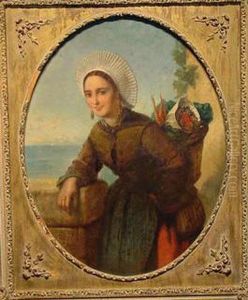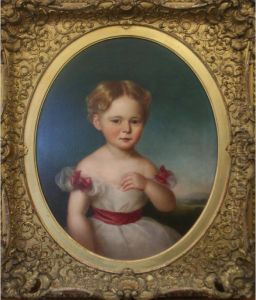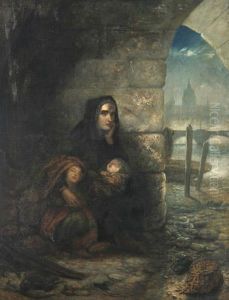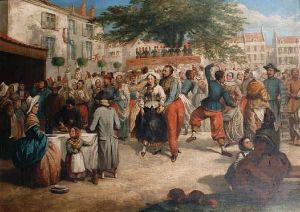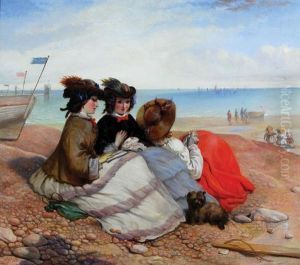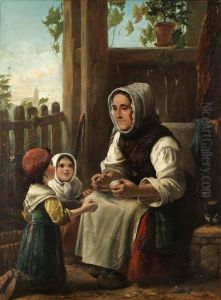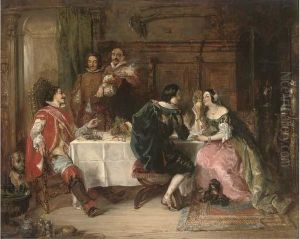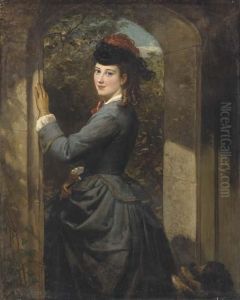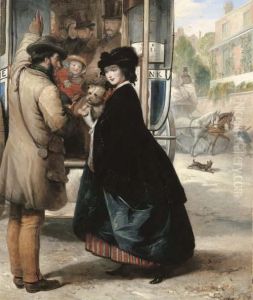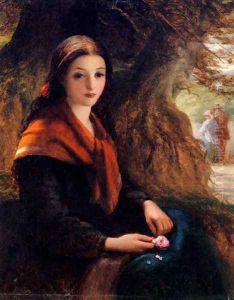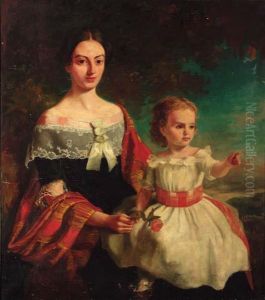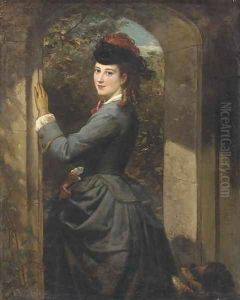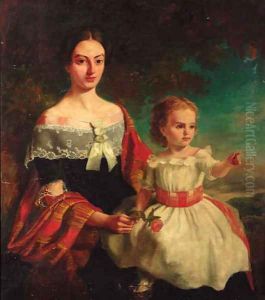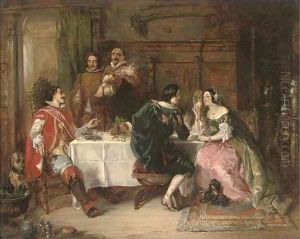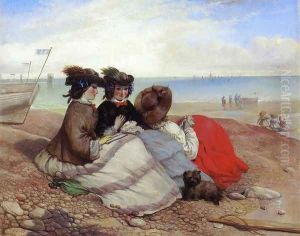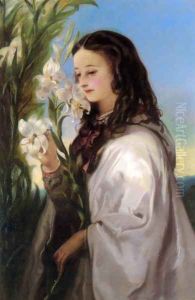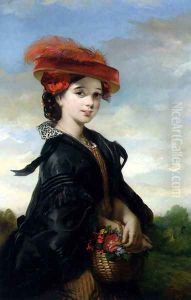Thomas Musgrove Joy Paintings
Thomas Musgrove Joy was an English portrait painter, born in 1812 in London. Despite facing financial difficulties and a somewhat obscure early life, Joy managed to carve out a notable career in the arts, primarily focusing on portraiture. His work is characterized by its detailed depiction of his subjects, often capturing a sense of the personality or mood of the individuals he painted.
Joy's artistic journey began in earnest when he was admitted to the Royal Academy Schools, a prestigious institution that offered him the training necessary to refine his skills. However, despite his education and talent, Joy struggled to achieve the level of recognition and success enjoyed by some of his contemporaries. This struggle was partly due to the highly competitive nature of the art world in Victorian England, where patronage and social connections often played a significant role in an artist's career.
Throughout his career, Joy exhibited his work at various venues, including the British Institution and the Royal Academy of Arts. His portraits were well-received for their lifelike quality and the sensitive portrayal of his subjects. Despite this, financial stability eluded him, and Joy's life was marked by periods of economic hardship.
In addition to portraiture, Joy also explored historical and religious themes in his work. However, these were less prominent aspects of his oeuvre and did not garner the same level of attention as his portraits.
Thomas Musgrove Joy's contributions to the art world were recognized more significantly posthumously. Since his death in 1866, his works have been revisited by art historians and collectors, gaining appreciation for their technical skill and emotional depth. Joy's legacy is that of a talented portraitist who captured the essence of Victorian society despite not achieving widespread acclaim during his lifetime.
